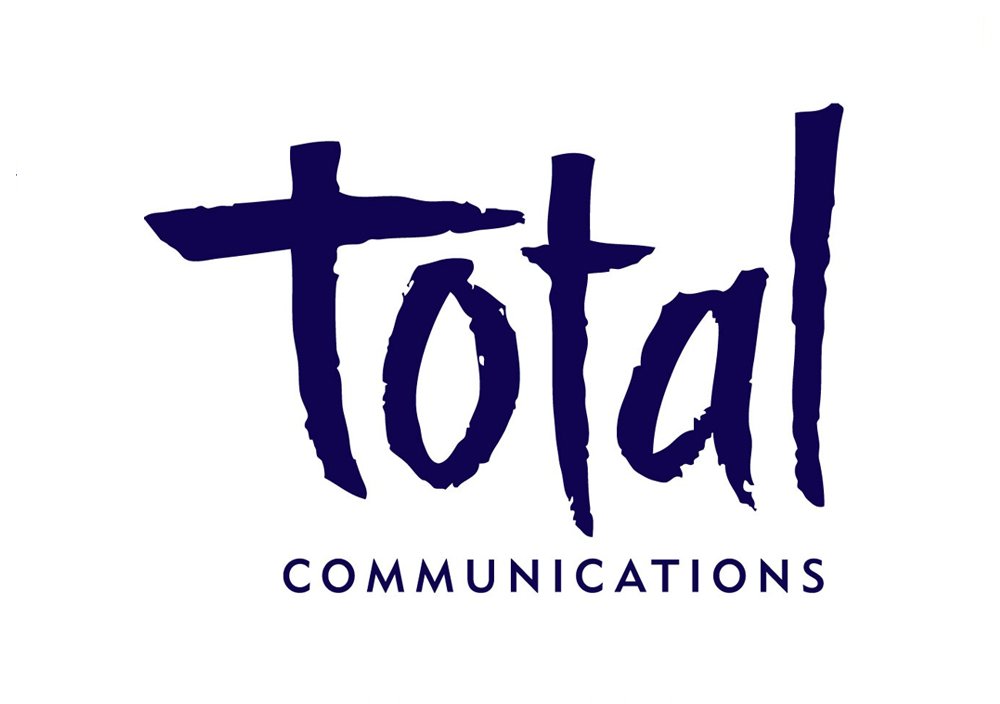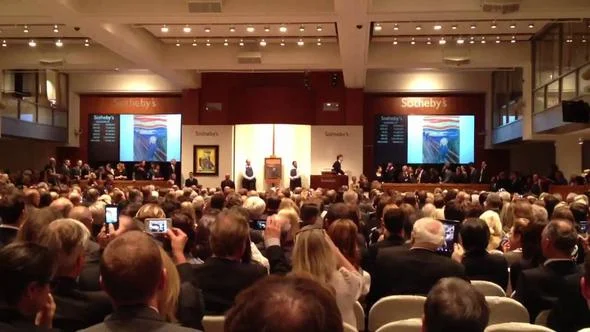All PR professionals know how tough it can be to get a client’s news in print or covered by the broadcast media.
Editorial control by journalists means that, short of announcing something which has irresistible newsworthiness, there is no guarantee that a story is going to run.
There are, however, quite a few things that can be done to improve, and conversely undermine, the chances of success,
The first and most obvious way of securing column inches is to make sure the news release you’re producing immediately – in the first paragraph and heading you use – gets to the point.
If the subject is interesting and is presented in the right way, it will have its best chance.
But don’t count on a strong release getting in print or in the TV or radio news bulletins without carefully planning when and to whom it is sent, and what you do afterwards.
As with most things, timing is crucial. The closer you get to deadlines the less likely you are to succeed in getting something seen or heard.
Always have an ear for major events or announcements happening the same day, especially if they’re on the same subject, and avoid a clash.
Targeting individual reporters or editors with a known interest in the subject is vital, as is making sure they aren’t out on an all-day assignment, on holiday, or no longer working there. It happens.
Media relations is an art, so follow up calls should offer more than a plea to use the story because it’s “important”.
What’s its real significance? Why should that particular journalist, or media title, be interested? Who is available now to offer more insight and what information not included in the release is needed right away?
While the move to digital media gathers pace, there are still plenty of print dailies and magazines out there being read. Until that ceases to be the case, traditional media relations skills will remain a powerful PR tool.








Welcome to our new website. We trust you’ll find it useful and straightforward.
One thing you might notice is that it doesn’t place a big emphasis on strategy.
In fact, you’ll struggle to find the word anywhere on the site.